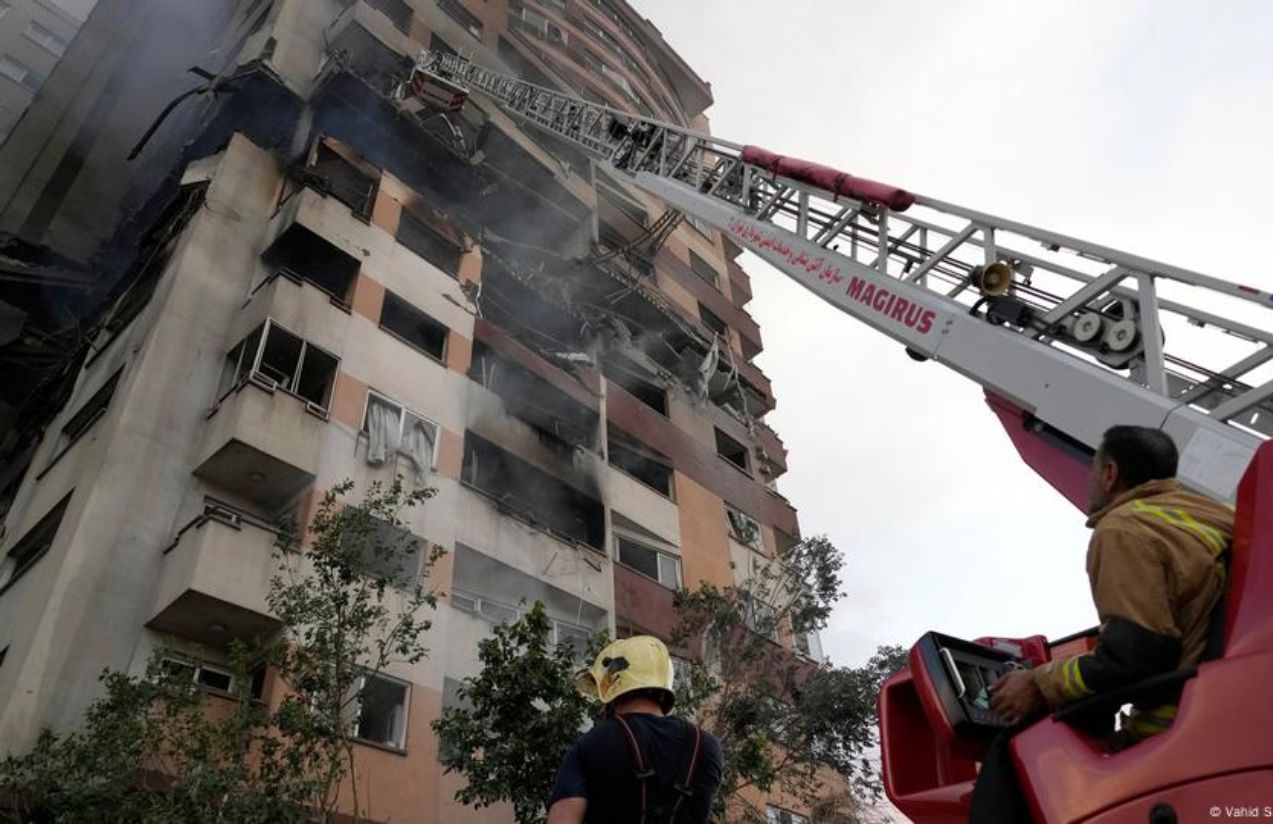In the early hours of Friday, Israel launched a large-scale, coordinated attack on Iranian territory—considered the most significant offensive against the Islamic Republic since the Iran-Iraq war of the 1980s. The operation targeted key nuclear and missile sites and eliminated high-ranking military officials, heightening fears of a potentially uncontrollable regional escalation.
According to security sources, up to 200 Israeli aircraft were involved in the mission, striking around 100 strategic targets, including Iran’s main uranium enrichment facility in Natanz, where thick black smoke was seen rising. Israel reportedly managed to smuggle explosive drones and precision weapons into Iran in the days leading up to the strike, activating them during the assault to disable air defenses and missile launchers near Tehran.
The blow was especially severe for Iran’s military leadership. Among the confirmed dead were General Mohammad Bagheri, Iran’s Chief of Staff; Hossein Salami, commander of the Revolutionary Guard; and Amir Ali Hajizadeh, the head of the Guard’s ballistic missile program. Supreme Leader Ayatollah Ali Khamenei acknowledged the deaths and vowed “severe punishment” for those responsible, accusing Israel of committing a “crime” by attacking residential areas.
In swift retaliation, Iran launched over 100 drones at Israel, with several flying over Iraqi and Jordanian airspace. Israeli authorities claimed to have intercepted them before they entered its airspace, though it remains unclear whether any managed to breach its defenses.
U.S. President Donald Trump issued his first statement on the incident via his Truth Social platform. Without confirming prior knowledge of Israel’s plans, he urged Iran to resume nuclear negotiations with Washington, warning that the conflict would “only get worse” if not halted. “There’s still time to avoid a massacre,” he wrote, hinting at even more severe attacks to come.
Despite calls for de-escalation, the U.S. took precautionary steps earlier in the week—evacuating some diplomats from Baghdad and offering voluntary departures to families of American troops stationed in the region. Washington denied involvement in the strike and warned against retaliation targeting U.S. interests or personnel.
Israeli Prime Minister Benjamin Netanyahu defended the operation as a “fight for survival” against an “imminent” nuclear threat, though he provided no concrete evidence of an impending Iranian attack. “It could be in a year—or in a few months,” he stated, vowing to continue operations until the threat is “eliminated.”
Israeli civilians responded with concern: supermarkets in Tel Aviv and Jerusalem saw crowds stockpiling water and supplies, while WhatsApp groups circulated tips on how to prepare long-term shelters. In Iran, state-run museums reportedly began moving valuable artifacts to secure vaults.
Politically, even Netanyahu’s critics, such as opposition leader Yair Lapid, expressed full support for the mission. However, public backing may shift quickly if Iranian retaliation results in significant Israeli casualties or widespread disruption to daily life.
Lebanese political-militant group Hezbollah, an Iranian ally, condemned the Israeli strike but stopped short of threatening military involvement, maintaining a fragile ceasefire following its last war with Israel.
Netanyahu expressed hope that the assault might hasten the fall of Iran’s ruling regime, emphasizing that the offensive was not against the Iranian people, but against the “brutal dictatorship that has oppressed them for 46 years.”
Meanwhile, the international community—amid rising fears of a broader conflict—is urgently calling for restraint, as the fragile stability of the Middle East hangs in the balance.

